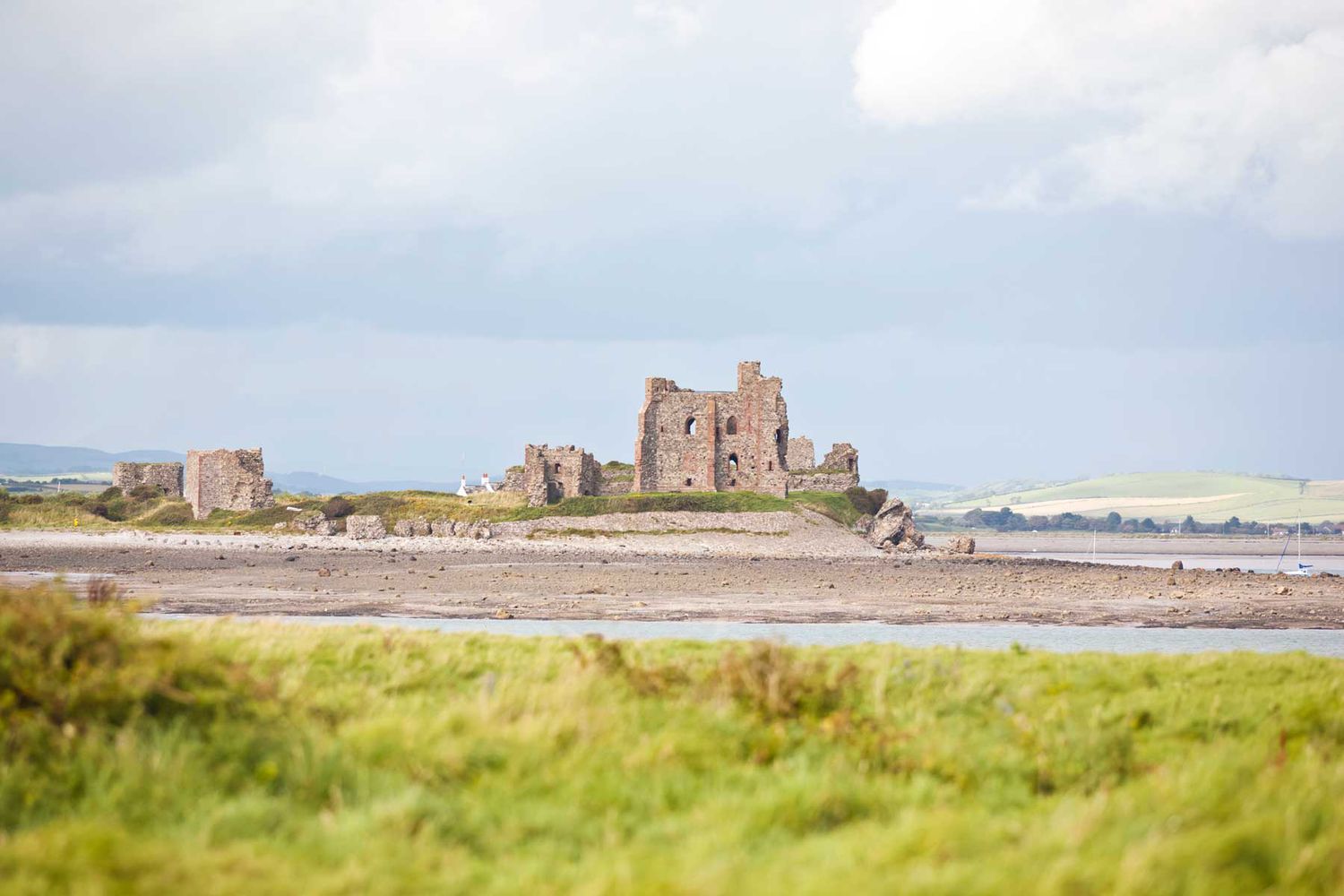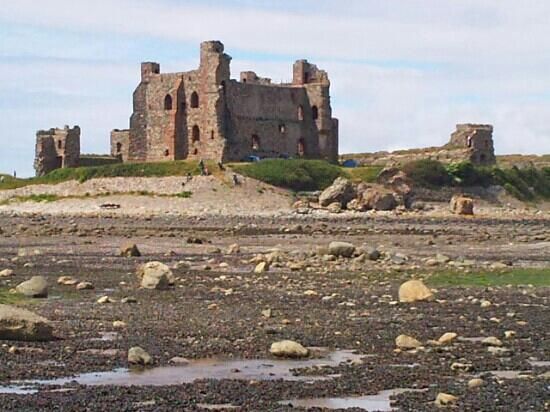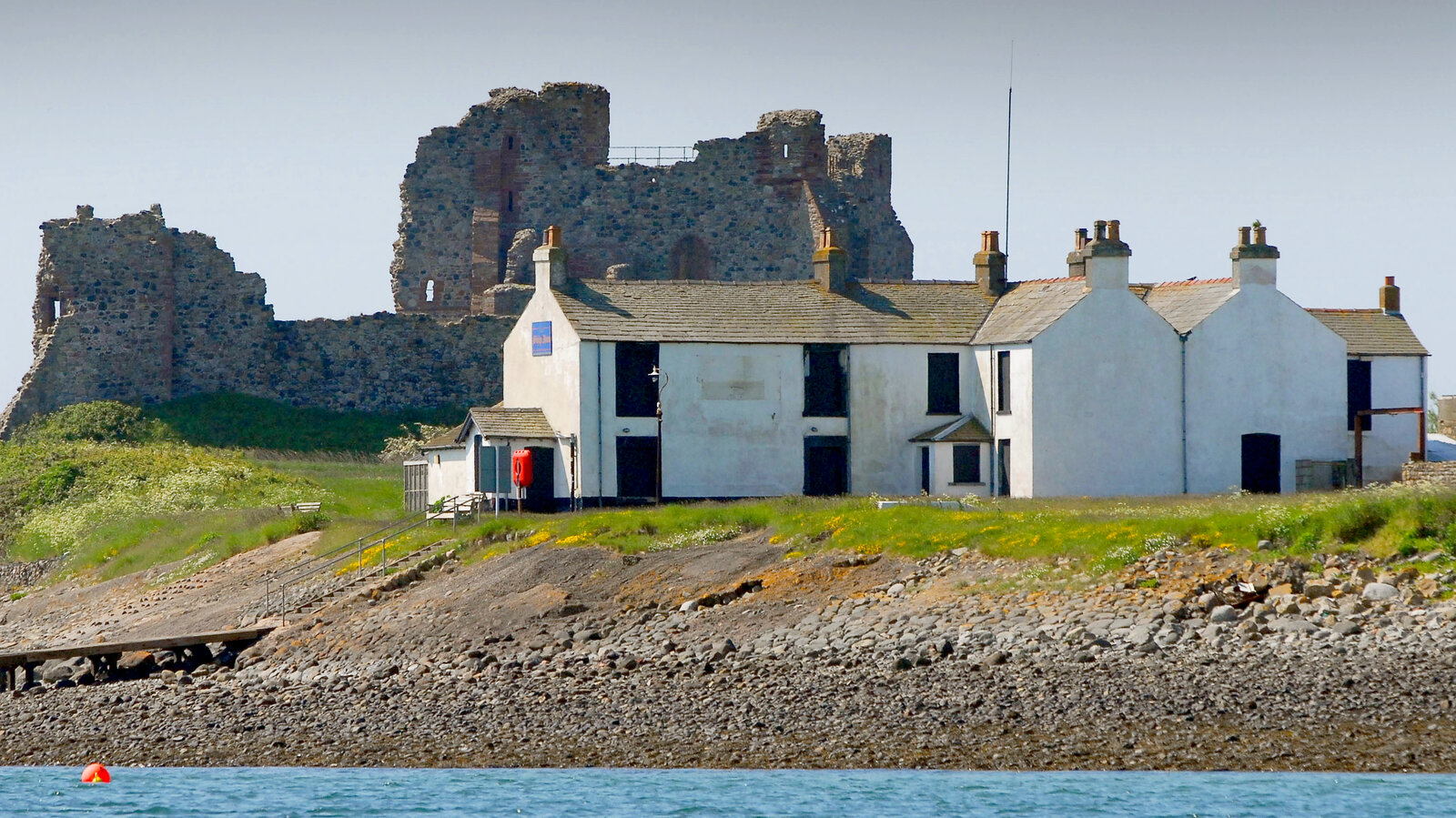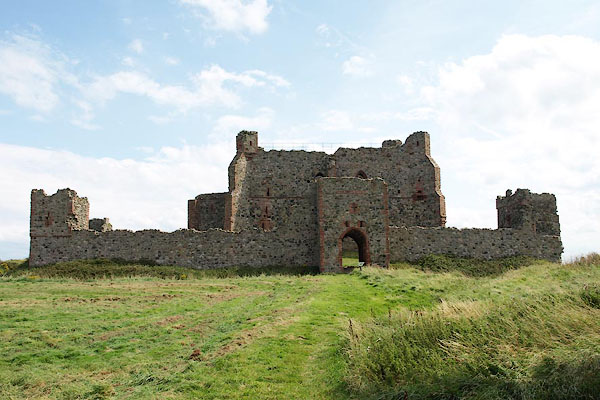 >
>
 >
>
 >
>
 >
>
Piel Island: Where History Meets the Sea Piel Island, a tiny emerald off the coast of Cumbria, is more than just a picturesque island. It's a place where history comes alive, where the echoes of monks, smugglers, and would-be kings mingle with the cries of seabirds and the crashing waves. Piel Castle: A Fortress of Faith and Fortification Dominating the island's landscape is Piel Castle, a 14th-century fortress built in phases by Abbot John Cockerham of Furness Abbey. First envisioned as a summer retreat, it evolved into a stronghold protecting vital trade routes against Scottish raiders. This Edwardian concentric design, with its keep, inner and outer baileys, and stone curtain walls, was built using stones from the very beach you stand on! Imagine the salty spray on your face as you stand on the battlements, scanning the horizon for Scottish raiders, just as the monks once did after raids in 1316 and 1322. The three-storey keep, built with stones from the local beach and red ashlar sandstone imported from the mainland, stands proudly on a low clay mound. It's reinforced with protruding buttresses and a tower on the south-eastern corner. A gatehouse on the north side leads to the first floor, above which a carved female figure, perhaps Salome, greets visitors. Large windows, though some now blocked, once offered expansive views. Sadly, the eastern side of the keep has succumbed to the relentless erosion of the sea. The inner and outer bailey walls, also victims of the encroaching sea, once formed concentric squares around the keep, each protected by ditches and towers. The outer bailey, with its 8-foot thick walls and a moat up to 13 metres wide, housed a stone building called "the chapel." Though its name suggests a religious purpose, it may have served other functions within the castle. Whispers of Smuggling and Rebellion But the monks of Furness Abbey weren't always saintly! Whispers of smuggled wool, defying even the merchants of Calais, linger in these stones. In 1487, the Yorkist pretender Lambert Simnel landed on Piel Island, seeking support for his claim to the English throne. The island's strategic location and relative isolation made it an ideal base for such schemes. The Ship Inn: A Royal Welcome Feel the worn wooden floorboards beneath your feet as you step into The Ship Inn, a pub dating back to the 17th century. Smell the comforting aroma of wood smoke and ale. Here, the landlord isn't just a publican; he's crowned the "King of Piel"! This tradition, shrouded in mystery, may have its roots in the island's history as a refuge for those seeking to seize power, like Lambert Simnel. Or perhaps it's a playful nod to the island's once-powerful monastic rulers. Whatever its origin, it adds to the unique charm of this island. Explore the Island's Secrets Ready to explore? Smell the fresh sea air and feel the cool spray on your face as a scenic boat trip whisks you across the channel, just as ships carrying iron ore and other goods once sailed these waters. Or, prefer to stretch your legs? The island is small enough to walk around, taking in the castle ruins, the pub, and the stunning coastal views. Listen to the cries of seabirds as you wander the island, discovering hidden coves and breathing in the salty air, much like the customs men who once patrolled these shores. Piel Island's past whispers secrets of monks, smugglers, and even a would-be king. A Threatened Heritage But tread carefully! The sea, which once brought life to this island, now threatens to reclaim it, eroding the very foundations of Piel Castle. #PielIslandAdventure #KingOfThePub #HistoryMystery #CumbrianCoast So, ditch the ordinary and set sail (or walk!) for Piel Island. Explore a historic castle, grab a pint with a (maybe) crowned pub owner, and soak up the unique island vibes. You might just become royalty yourself (at least in your own Instagram story)!